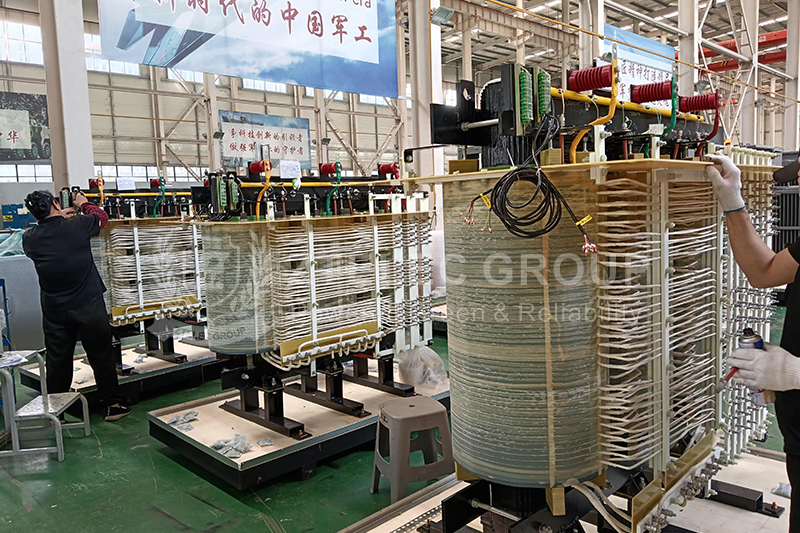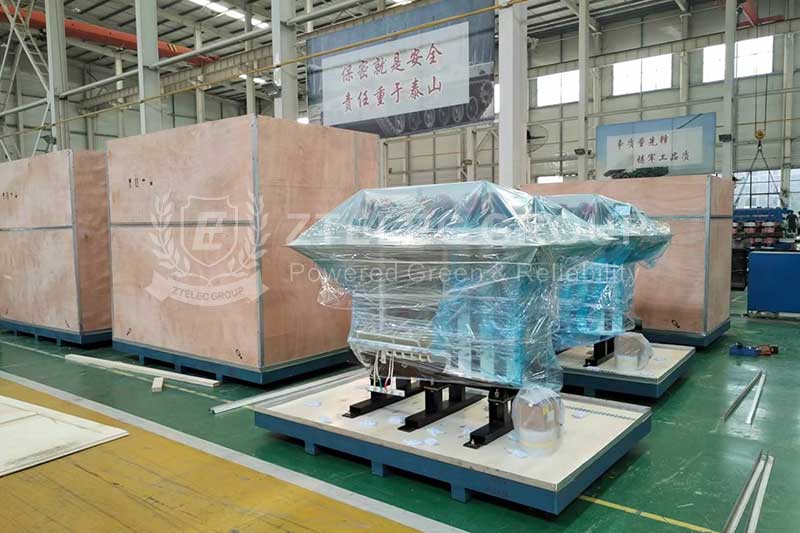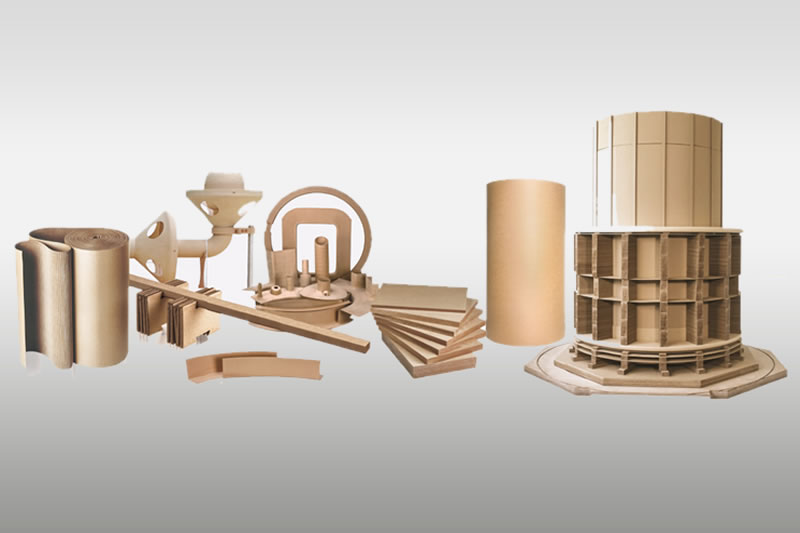The difference between phenolic cardboard and phenolic cotton board
2023-12-13 15:31 | By: ZTELEC-www.ztelecgroup.com | 113click

Phenolic cardboard and phenolic cotton board are two different types of materials, and they have some obvious differences in composition, performance and use. Here are their main differences:
1. Composition materials:
Phenolic paper and phenolic cotton are both made of phenolic resin
Phenolic board: Phenolic resin is a high temperature and chemical resistant synthetic resin that combines with cellulose paper to form a strong and durable material.
Phenolic cotton board: an insulating material made of phenolic resin and cotton cloth. Compared with phenolic board, the addition of cotton cloth makes phenolic cotton board have better flexibility and impact resistance in some aspects.

2. From the appearance:
Phenolic cardboard color: usually brown
Phenolic cotton board color: yellow, brown, light brown
When both are the same brown color, you can view them up close. The phenolic cotton board has the texture of cloth, while the phenolic cardboard shows the texture of trees. It can be distinguished by the naked eye.
3. They are also different in terms of performance characteristics
Their uses and physical properties differ:
Phenolic paper has good water resistance, corrosion resistance, heat resistance and electrical insulation.
Phenolic cotton has good toughness, elasticity and toughness.
Temperature resistance:
Phenolic cardboard: Phenolic cardboard has good high temperature resistance and can usually withstand higher temperatures. This makes it widely used in high-temperature environments, such as as an insulating material in electrical equipment.
Phenolic cotton cloth board: Phenolic cotton cloth board also has good high temperature resistance, but due to the addition of cotton cloth, its flexibility and impact resistance are better, making it more suitable for some application scenarios that require bending or twisting.
Mechanical behavior:
Phenolic cardboard: Phenolic cardboard is usually hard and brittle, and is suitable for some occasions with high rigidity and hardness requirements.
Phenolic cotton cloth board: Due to the addition of cotton cloth, phenolic cotton cloth board has advantages in flexibility and impact resistance, and is suitable for some occasions that require mechanical properties and impact absorption properties.

4.Manufacturing
The process of phenolic cardboard is: 1. Material preparation: 2. Glue making: 3. Pressing and forming: 4. Cutting
The phenolic cotton cloth board preparation process includes cotton cloth conveying, gluing, cotton cloth lamination, first heating, first pressing, cutting, second heating, second pressing, cooling and packaging.

5.Application fields:
Phenolic cardboard: Mainly used as insulation material in electrical equipment, such as motor slots, cable insulation boards, automobile interiors, etc.
Phenolic cotton cloth board: Due to its flexibility and impact resistance, it is often used in situations that require bending or twisting, such as insulation and heat insulation of mechanical parts, making filters and used in various industrial equipment. wait.

6.The parameters of the two are different
Phenolic cardboard parameters:


Phenolic cotton board parameters:


tags:Price of a 1600kVA 10kV Cast Resin Dry-Type Transformer35kV dry-type transformer protection10kV oil-immersed transformer110 kV oil-immersed transformerOil-Immersed Transformer Maintenance
- more+releated article
- 2025-12-13How to Select and Use Phenolic Cloth-base Lami
- 2025-12-13How Much Does Bakelite Sheet Cost? 2025 Price
- 2025-12-13Why are most 3240 epoxy boards yellow?
- 2025-12-13What are the Main Applications of FR4 Epoxy Bo
- 2025-12-13Why Does the Price of Insulating Paperboard Va
- 2025-12-13Heat-Resistant DDP Insulation Paper
- 2025-12-13Comparison of Heat-Resistant DDP Insulating Pa
- 2025-12-13G10 and FR4 Epoxy Boards: Commonly Used for Ge
- 2025-12-13The Price of Heat-Resistant DDP Insulation Pap
- 2025-12-13How to Choose Epoxy Laminate Materials for Gen





